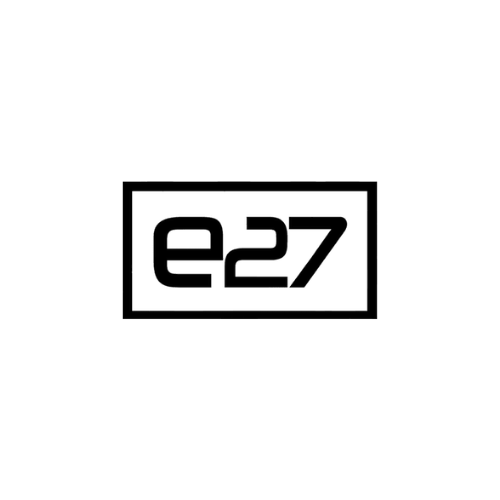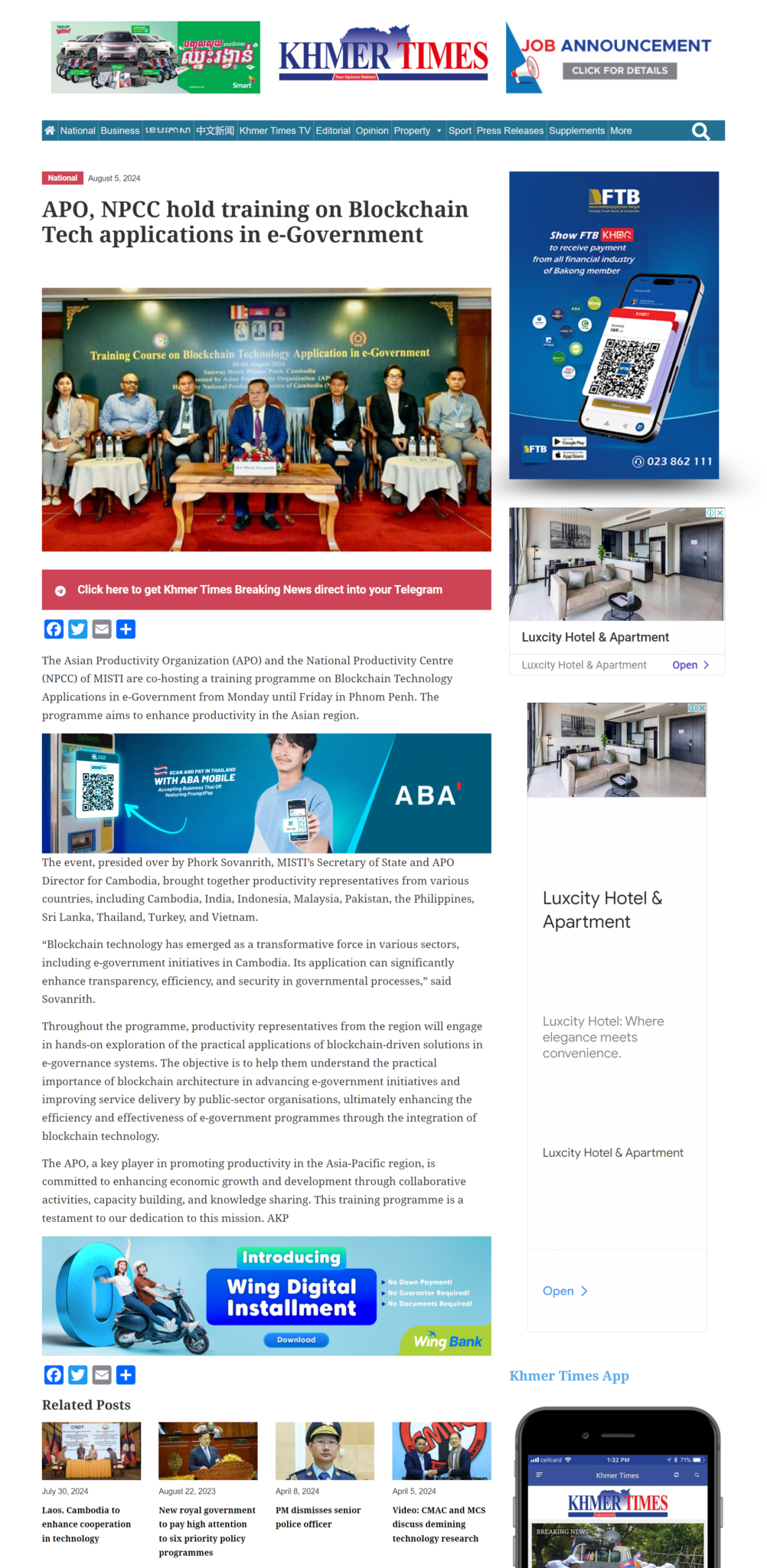Blockchain: A Practical Introduction for Enhanced Transparency, Security, and Efficiency
This article summarizes a session led by Anndy Lian, a prominent blockchain expert, focusing on introducing blockchain technology and its real-world applications. The session was part of a training program co-hosted by The Asian Productivity Organization (APO) and the National Productivity Centre (NPCC) of MISTI, aimed at improving productivity in the Asian region.
Anndy Lian, drawing from his extensive experience as an advisor, investor, and chairman of various tech companies, provided a simplified yet comprehensive explanation of blockchain. He described it as a distributed database, or ledger, shared across a network of computers. This decentralized system allows for secure and transparent recording of transactions between parties in a permanent and efficient manner.
The session delved into the key characteristics of blockchain, emphasizing its open, distributed nature, peer-to-peer functionality, and permanence. Lian highlighted the use of cryptography in securing exchanges and ensuring the immutability of records. He explained how each transaction, represented as a block, is broadcasted across the network for approval before being added to the blockchain, creating a transparent and tamper-proof history.
The session further explored the impact of blockchain on various sectors. In the realm of cryptocurrency, blockchain’s secure transaction capabilities have challenged traditional banking norms. Lian provided examples of how financial institutions are leveraging blockchain for faster, more cost-effective international payments, crowdfunding, and securities management. He cited DBS Bank’s digital exchange as a real-world example of blockchain’s integration into existing financial systems.
The healthcare sector, too, benefits significantly from blockchain technology. Lian discussed how blockchain enhances patient data transparency, allowing for secure tracking of medical records and drug traceability. He shared examples of healthcare systems using blockchain for efficient record management, reducing fraud and improving trust. He also highlighted the potential of blockchain in incentivizing patient participation in treatment plans through micropayments and smart contracts.
Lian emphasized the importance of integrating blockchain with existing systems rather than replacing them entirely, especially in government sectors. He cited Estonia’s successful implementation of blockchain for digital identity, voting, and land titling as a prime example. He stressed the need for governments to start with smaller, manageable projects to demonstrate the value and efficiency of blockchain before scaling up.
The session concluded with a video showcasing Estonia’s digital transformation, highlighting how the country embraced technology to create a secure and efficient digital society. Lian emphasized that while replicating Estonia’s success in larger countries presents challenges, their approach offers valuable lessons for a world increasingly reliant on digital solutions.

Anndy Lian is an early blockchain adopter and experienced serial entrepreneur who is known for his work in the government sector. He is a best selling book author- “NFT: From Zero to Hero” and “Blockchain Revolution 2030”.
Currently, he is appointed as the Chief Digital Advisor at Mongolia Productivity Organization, championing national digitization. Prior to his current appointments, he was the Chairman of BigONE Exchange, a global top 30 ranked crypto spot exchange and was also the Advisory Board Member for Hyundai DAC, the blockchain arm of South Korea’s largest car manufacturer Hyundai Motor Group. Lian played a pivotal role as the Blockchain Advisor for Asian Productivity Organisation (APO), an intergovernmental organization committed to improving productivity in the Asia-Pacific region.
An avid supporter of incubating start-ups, Anndy has also been a private investor for the past eight years. With a growth investment mindset, Anndy strategically demonstrates this in the companies he chooses to be involved with. He believes that what he is doing through blockchain technology currently will revolutionise and redefine traditional businesses. He also believes that the blockchain industry has to be “redecentralised”.




